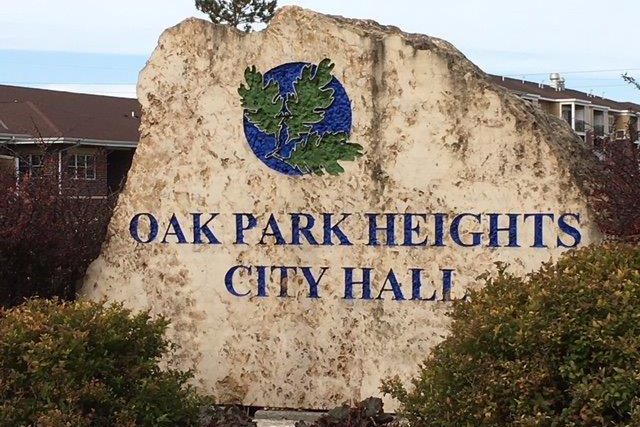A state fund created to help cities that are losing a power plant is helping Oak Park Heights pay for design work on a potential future water treatment facility to remove PFAS from the city’s two wells.
In 2028, Oak Park Heights will lose its largest taxpayer when Xcel Energy shutters the Allen S. King power plant. The plant, which employs 77 people, provides 27 percent of the city’s tax base — or about $1.5 million — in 2024, said Jacob Rife, city administrator.
At the same time, the city needs $2.1 million to design a potential new water treatment facility that would be located somewhere near Oak Park Heights City Hall. City officials learned last year that both of the city’s drinking water wells tested above state guidelines for per- and polyfluoroalkyl substances. The current numbers, however, remain within federal guidelines, and no action is required as of yet, Rife said.
“However, we are taking a very proactive approach in that our numbers could change, or the state could make their numbers enforceable, so we want to be ready to go,” he said.
The Minnesota Department of Employment and Economic Development this week awarded Oak Park Heights a second Community Energy Transition grant, this one for $374,800, to help pay for plans for the facility. Last year, the city received a $440,000 Community Energy Transition grant for a feasibility study and pre-design work for the new treatment facility.
This year’s grant will be used to evaluate data from the earlier studies and determine “the process, equipment, treatment plant building design and project cost estimates,” according to DEED.
The agency’s Energy Transition Office supports cities undergoing or preparing for power-plant closures “in their efforts to maintain vitality and diversify their economies,” said DEED Commissioner Matt Varilek. “Communities can face significant uncertainty when a power plant closes. Through these grants, we’re partnering with local officials to help ease that transition.”
The city is contracting with Stantec for preliminary design work to help answer questions such as where a potential new treatment facility would be sited, size of the facility, costs and construction schedules, Rife said.
The grant funds will get the city’s design plans to approximately 50 percent for water treatment at Wells 1 and 2, and city officials tentatively expect to get to 50 percent design by summer of 2026, he said.
Related Articles
St. Paul Park Police chief is fourth department head in city to resign since January
Norwegian group will host Syttende Mai celebration in Stillwater
Gammelgården opens for season on May 3; restoration of Pastor’s House is planned
MN Health Department updates fish consumption guidelines for PFAS
Oakdale middle school teacher charged with criminal sexual conduct with minor
The city will use $110,000 from its own water funds to pay for the design work, but is still seeking grants and state bonding to cover the rest, Rife said.
The city also anticipates receiving funds from a national class-action settlement regarding PFAS in drinking water supplies, Rife said. The chemical company DuPont last year agreed to pay $1.185 billion to public water systems across the U.S. that detect PFAS chemicals in their drinking water supplies.
“I’m not sure of where that number will land,” Rife said. “We have some ballpark estimates right now, but we just won’t know until that comes in, so we’re trying to get the majority of the design work to be funded through grants and outside money, so we’re being very aggressive in pursuing grants.”
Mayor Mary McComber said the city has to be proactive. “If something happens to one of our wells, and we need to shut it down, well, we only have two wells, and that’s it,” she said. “We need more water supply.”


Leave a Reply